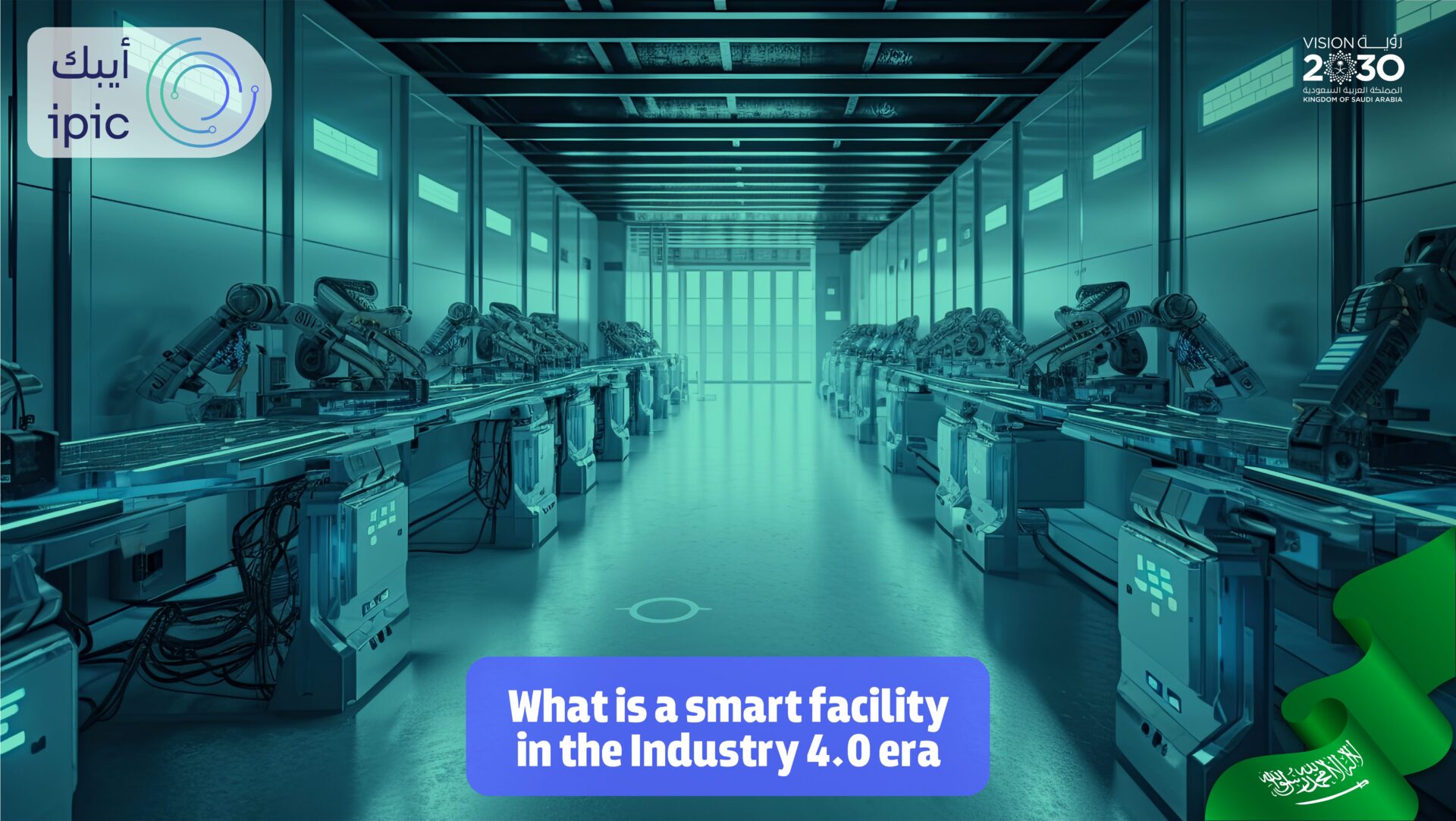What Is a Smart Facility in the Industry 4.0 Era?
A Smart Facility in the Industry 4.0 era refers to an industrial or manufacturing plant that integrates advanced digital technologies to achieve higher levels of efficiency, automation, sustainability, and intelligence in its infrastructure and operations.
Here’s what defines a Smart Facility:
1. Real-Time Monitoring and Control
Smart facilities use IoT sensors, SCADA systems, and BMS (Building Management Systems) to monitor:
- Energy consumption
- Lighting and HVAC systems
- Water and utility usage
- Environmental and safety conditions
Everything is tracked and controlled in real time for optimal performance.
2. Integrated Digital Infrastructure
A smart facility isn’t just about machines—it’s about connecting all infrastructure layers:
- Shop floor (production)
- Facility services (power, ventilation, cooling)
- Enterprise systems (ERP, MES)
These systems communicate through a unified digital backbone.
3. Predictive Maintenance for Facility Equipment
Instead of waiting for air systems or cooling pumps to fail, smart facilities:
- Use AI-based predictive maintenance
- Monitor vibration, temperature, and performance
- Reduce unplanned downtime and extend asset life
4. Energy and Sustainability Optimization
Smart facilities use:
- Energy Management Systems (EMS)
- Automated energy-saving modes
- Renewable integration (solar, smart grids)
This supports cost reduction and aligns with ESG goals.
5. Cybersecurity and Secure Access
With increased connectivity comes risk. Smart facilities deploy:
- Network segmentation
- Identity-based access control
- Real-time threat detection systems
6. Intelligent Safety and Compliance
Using digital checklists, sensors, and AI:
- Fire safety, air quality, and compliance tracking become automated
- Emergency systems are integrated with facility controls
7. Data-Driven Decision Making
Facilities become not only connected—but cognitive. They:
- Generate real-time dashboards for managers
- Recommend efficiency improvements
- Enable benchmarking and cross-site learning
Examples of Smart Facility Applications
- Automatically adjusting lighting and HVAC based on occupancy
- Detecting leaks or inefficiencies in compressed air systems
- Generating monthly reports on CO₂ emissions and energy KPIs
- Triggering maintenance for elevators, chillers, or generators before failure
Conclusion
In short:
A Smart Facility in the Industry 4.0 era is a digitally enabled, efficient, and sustainable environment that supports smart manufacturing—not just through machines—but through the building itself.



